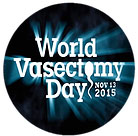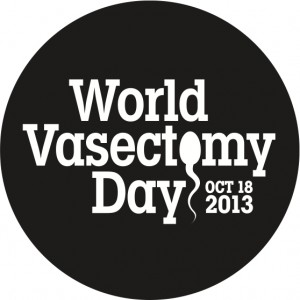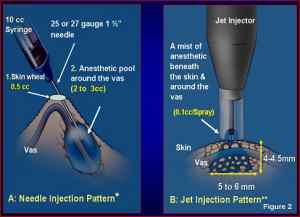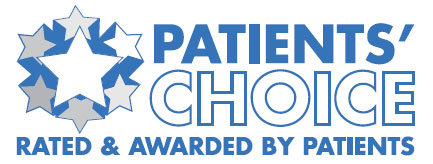Before Vasectomy: The vas deferens serves as the conduit for transporting sperm from the epididymis in preparation for ejaculation. Situated on the posterior surface of the testis, the epididymis stores and matures sperm. Two ducts connect the left and right epididymis to the ejaculatory ducts to facilitate sperm movement. Each tube measures approximately 30 centimeters in length. During ejaculation, the smooth muscles in the walls of the vas deferens contract reflexively, propelling sperm forward. These sperm are then transferred from the vas deferens into the urethra, mingling with secretions from male accessory sex glands—such as the seminal vesicles, prostate gland, and bulbourethral glands—which collectively form semen.
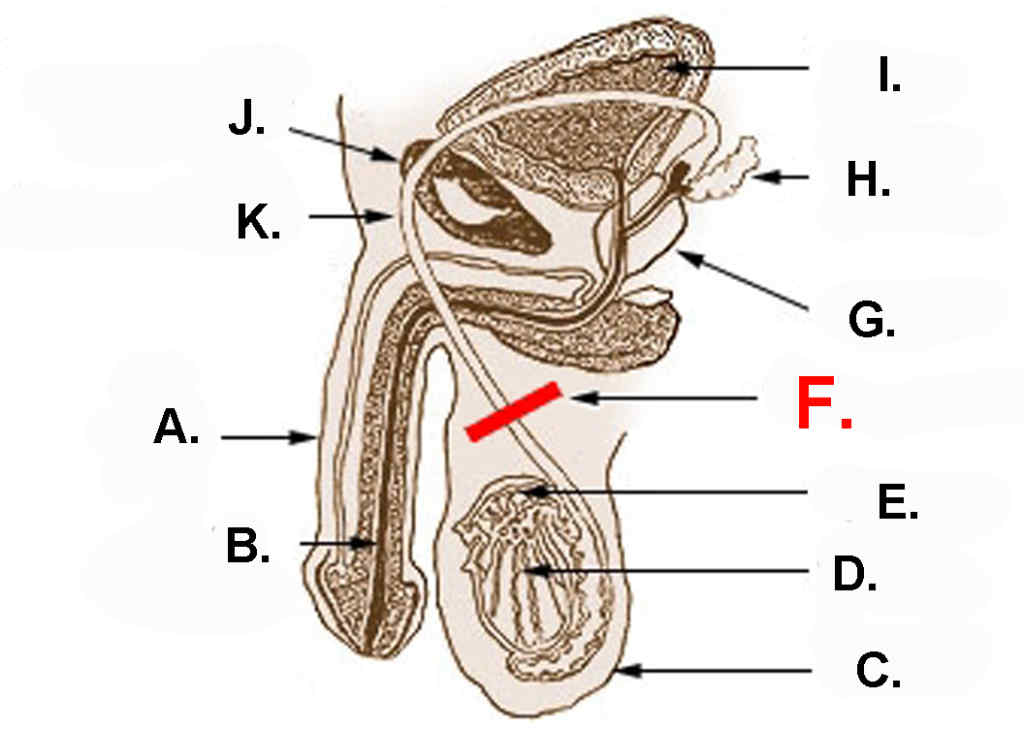
Diagram showing the usual location of a vasectomy:
| A.) Penis | B.) Urethra | C.) Scrotum |
| D.) Testicle | E.) Epididymis | F.) Vasectomy |
| G.) Prostate | H.) Seminal vesicle | I.) Bladder |
| J.) Pubic bone | K.) Vas deferens |
During the Vasectomy: A vasectomy is a method of contraception or male sterilization that involves permanently cutting the vasa deferentia (plural for vas deferens). In this procedure, the vasa deferentia are severed and sealed to prevent sperm from entering the seminal stream (ejaculate). Our approach to vasectomy involves using a sharp hemostat to puncture the scrotum and then severing and sealing the vasa deferentia, a technique known as a no-scalpel vasectomy.
After Vasectomy: Post-vasectomy, the connection between the testes and the penis via the tube is severed. However, the testes remain active and functional; Leydig cells continue producing testosterone and hormones, which are absorbed into the bloodstream. Although sperm are still produced by the testes, their path is interrupted. Produced sperm are broken down by the body, with the epididymis’s membranes absorbing the resulting liquid, while solid substances are metabolized by macrophages and absorbed into the bloodstream. The epididymis’s membranes may enlarge to accommodate increased liquid absorption due to the accumulation of stagnant sperm. Additionally, the immune system may increase the number of macrophages to manage the elevated solid waste.
Post-vasectomy observations include:These factors collectively contribute to the understanding that while a vasectomy interrupts the path of sperm, it does not affect other aspects of male sexual function or reproductive health.
Note: One Stop Medical Center provides the service of no-Scalpel Easy Vasectomy. We have two office locations in Edina, Minnesota, and Casselberry, Florida. If you are interested in vasectomy, Please fill out the online registration first, we will call you in 2 business days, or please call us at 1-888-992-0019 if any questions.






 Vasectomy may NOT be a good choice for the men in Minnesota who:
Vasectomy may NOT be a good choice for the men in Minnesota who:
 The fear of increasing one’s risk of prostate cancer has stopped some men from undergoing a
The fear of increasing one’s risk of prostate cancer has stopped some men from undergoing a  One of the biggest risks and potential effects of undergoing a
One of the biggest risks and potential effects of undergoing a 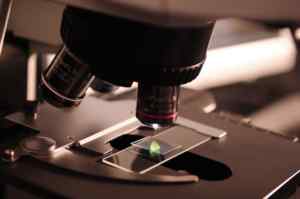 Led by a small team of scientists from the Institute for Therapeutics Discovery and Development at the University of Minnesota, the search for a non-hormonal male birth control pill ultimately zeroed in on the toxic substance known as ouabain. Found in two types of African plants, ouabain was traditionally used as poison on hunting arrows and is sometimes medically used to treat heart arrhythmias.
Led by a small team of scientists from the Institute for Therapeutics Discovery and Development at the University of Minnesota, the search for a non-hormonal male birth control pill ultimately zeroed in on the toxic substance known as ouabain. Found in two types of African plants, ouabain was traditionally used as poison on hunting arrows and is sometimes medically used to treat heart arrhythmias. If you’re looking for a natural, inexpensive way of boosting sperm quality and overall fertility, the answer may lie within…tomatoes?
If you’re looking for a natural, inexpensive way of boosting sperm quality and overall fertility, the answer may lie within…tomatoes? As the sixth annual
As the sixth annual  From self-order kiosks to robot vacuum cleaners and robot cafes, the rise of robot-assisted experiences in recent years has been undeniable. But would you ever consider participating in a robot-assisted surgical procedure?
From self-order kiosks to robot vacuum cleaners and robot cafes, the rise of robot-assisted experiences in recent years has been undeniable. But would you ever consider participating in a robot-assisted surgical procedure? However, costs aside, it’s still noteworthy to highlight the reliability and effectiveness of robot-assisted vasectomy reversals.
However, costs aside, it’s still noteworthy to highlight the reliability and effectiveness of robot-assisted vasectomy reversals. 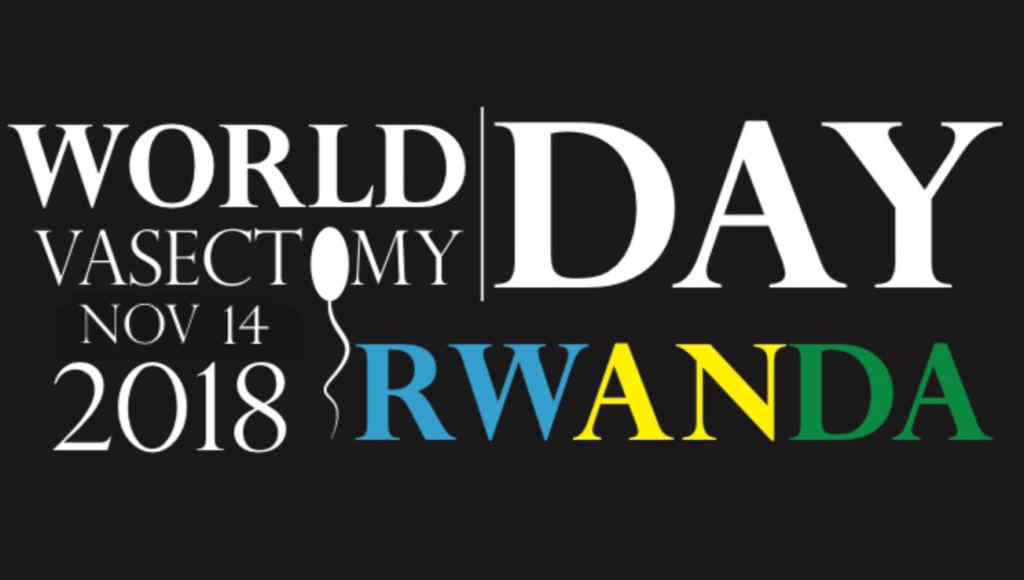
 Dr. Shu and One Stop Medical Center are proud to support WVD for a sixth straight year. Our clinic will offer a gift card for one free large pizza to all patients who
Dr. Shu and One Stop Medical Center are proud to support WVD for a sixth straight year. Our clinic will offer a gift card for one free large pizza to all patients who  1. Walnuts
1. Walnuts 5. Dark Chocolate
5. Dark Chocolate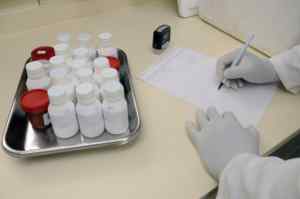 After undergoing a
After undergoing a  Last month, we
Last month, we  The height of the eugenics movement (1920s to mid-20th century) saw compulsory sterilization programs established in over 30 states, resulting in over 60,000 sterilizations of often healthy people. Criminals and prison inmates were especially targeted, as well as those deemed “feeble-minded,” mentally deficient, or simply capable of passing on undesirable genes.
The height of the eugenics movement (1920s to mid-20th century) saw compulsory sterilization programs established in over 30 states, resulting in over 60,000 sterilizations of often healthy people. Criminals and prison inmates were especially targeted, as well as those deemed “feeble-minded,” mentally deficient, or simply capable of passing on undesirable genes. Your doctor will test your semen approximately 12 weeks after your vasectomy to examine for presence of motile sperm. If test results show that your semen is sperm-free, then the vasectomy was successful, and additional birth control will no longer be necessary. Some patients’ semen may show a small number of non-motile sperm, whereby the risk of pregnancy is very low, and additional birth control may not be needed.
Your doctor will test your semen approximately 12 weeks after your vasectomy to examine for presence of motile sperm. If test results show that your semen is sperm-free, then the vasectomy was successful, and additional birth control will no longer be necessary. Some patients’ semen may show a small number of non-motile sperm, whereby the risk of pregnancy is very low, and additional birth control may not be needed. Do inform your doctor about any other medications you may be taking.
Do inform your doctor about any other medications you may be taking.



 It might seem odd to dedicate an entire day to vasectomies, but for Dr. Shu and the other 1,200 doctors participating in World Vasectomy Day on November 17, it’s an important event that spreads awareness on the most effective but underutilized methods of contraception: the vasectomy.
It might seem odd to dedicate an entire day to vasectomies, but for Dr. Shu and the other 1,200 doctors participating in World Vasectomy Day on November 17, it’s an important event that spreads awareness on the most effective but underutilized methods of contraception: the vasectomy.
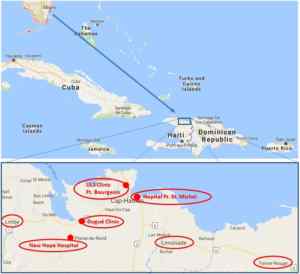





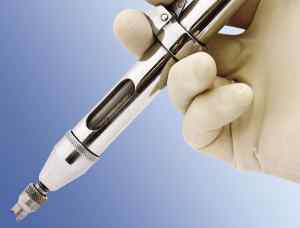

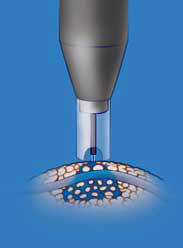











 NSVI group after lectures at Southwestern University[/caption]
NSVI group after lectures at Southwestern University[/caption]